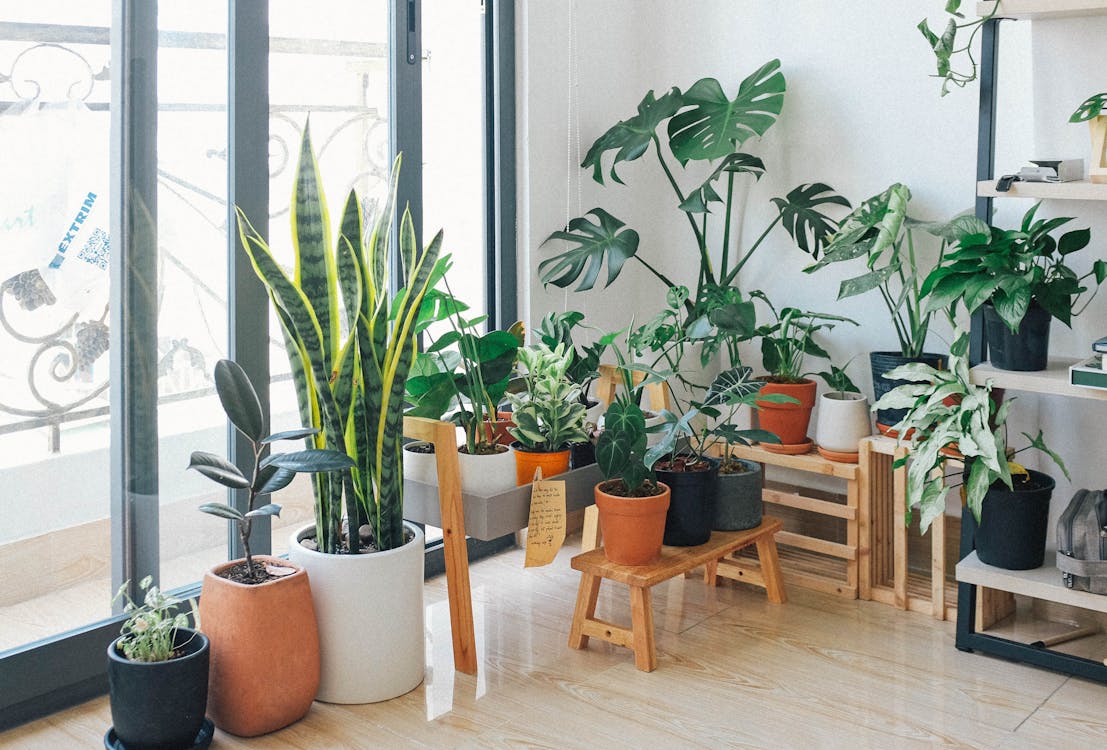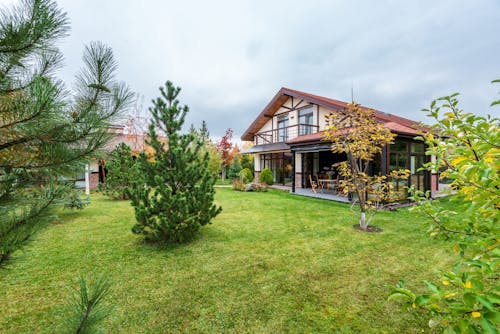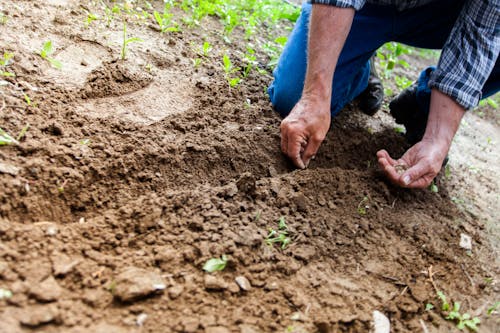How to Raise Happy and Healthy Houseplants: Greening Your Space
Indoor plants have become more than just decorations; they’re companions that bring life and vibrancy into our homes. However, maintaining happy and healthy houseplants requires more than just watering them occasionally. It involves understanding their needs, providing proper care, and fostering an environment where they can thrive. In this guide, we’ll explore everything you need to know to transform your home into a lush and green sanctuary.
Introduction
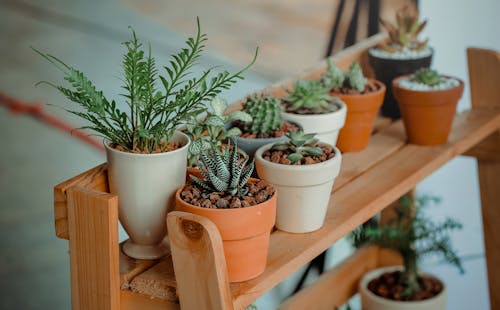
Houseplants not only add beauty to indoor spaces but also offer a myriad of benefits. From purifying the air to reducing stress levels, their presence can significantly improve our overall well-being. By learning how to care for them effectively, you can create a harmonious environment that promotes health and happiness.
Choosing the Right Houseplants
Selecting the right houseplants is the first step towards creating a thriving indoor garden. Consider factors such as light requirements, space availability, and maintenance needs before making your choices. Some plants may thrive in low-light conditions, while others require ample sunlight to flourish.
Setting Up Your Indoor Garden
Once you’ve chosen your plants, it’s time to set up their new home. Select containers that provide adequate drainage and match your aesthetic preferences. Use a well-draining soil mix specifically formulated for indoor plants to ensure proper root development.
Providing Proper Lighting
Light is essential for photosynthesis, the process by which plants convert light into energy. While most houseplants thrive in bright, indirect light, some may require more or less sunlight. Supplement natural light with artificial light sources if necessary, but be mindful of overexposure or inadequate lighting.
Watering Your Houseplants
Proper watering is crucial for maintaining healthy houseplants. Each plant has its own water requirements, so it’s essential to familiarize yourself with their individual needs. Establish a watering schedule based on factors like soil moisture levels, plant size, and environmental conditions.
Maintaining Humidity Levels
Indoor environments can often be dry, especially during the winter months when heating systems are in use. Monitor humidity levels in your home and provide additional moisture through humidifiers or pebble trays. Regular misting can also help increase humidity levels around your plants.
Feeding Your Plants
In addition to water, plants also require essential nutrients to thrive. Choose fertilizers specifically formulated for indoor plants and follow recommended feeding schedules. Avoid over-fertilizing, as this can lead to nutrient imbalances and damage to your plants.
Pruning and Grooming
Regular pruning and grooming are essential for maintaining the health and appearance of your houseplants. Remove dead or yellowing leaves, as well as spent flowers, to encourage new growth. Trim plants as needed to control their size and shape.
Preventing Pests and Diseases
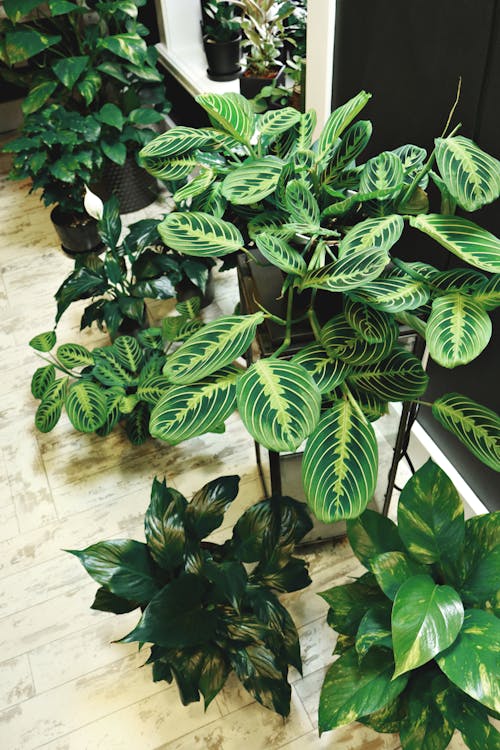
Keep a close eye on your plants for signs of pests or diseases, such as yellowing leaves or wilting foliage. Use natural pest control methods whenever possible, such as neem oil or insecticidal soap. Treat any issues promptly to prevent them from spreading to other plants.
Creating a Supportive Environment
Incorporate your indoor plants into your daily routine to ensure they receive the care and attention they need. Take time to appreciate their beauty and benefits, and share your love for houseplants with others. Creating a supportive environment will not only benefit your plants but also enhance your own well-being.
Troubleshooting Common Issues
Despite your best efforts, you may encounter some common issues with your houseplants. Yellowing leaves could indicate overwatering or nutrient deficiencies, while wilting plants may signal underwatering or root rot. Understanding these issues will help you address them effectively.
Expanding Your Indoor Garden
Once you’ve mastered the basics, consider expanding your indoor garden with new plant species or varieties. Experiment with growing herbs or edible plants for both culinary and decorative purposes. You can also propagate your existing plants from seeds or cuttings to increase your collection.
Increasing Biodiversity
Diversifying your indoor garden with a variety of plant species can enhance its beauty and ecological value. Choose native plants whenever possible to support local biodiversity and create microhabitats for beneficial insects. By increasing biodiversity, you’ll create a more resilient and sustainable indoor ecosystem.
Fostering Emotional Connection
Nurturing houseplants can be a deeply rewarding experience that fosters an emotional connection with nature. Take time to care for your plants as a form of self-care, finding joy in their growth and development. Use them as a tool for mindfulness and relaxation, allowing their presence to soothe and inspire you.
Conclusion
Raising happy and healthy houseplants is a fulfilling journey that enriches both your home and your life. By following the tips outlined in this guide, you can create a green oasis that brings beauty, tranquility, and joy into your space. Start or continue your indoor gardening adventure today and reap the countless
benefits it has to offer for your well-being and happiness.
FAQs
- How often should I water my houseplants?
- The frequency of watering depends on various factors such as the type of plant, its size, the type of soil, and environmental conditions. Generally, it’s best to water when the top inch of soil feels dry to the touch.
- Can I use tap water to water my houseplants?
- Tap water is generally safe for most houseplants, but it can contain minerals or chemicals that may harm sensitive plants or cause mineral buildup in the soil. Using filtered or distilled water can help mitigate these issues.
- What are some common pests that affect houseplants?
- Common pests include aphids, spider mites, mealybugs, and fungus gnats. Regularly inspecting your plants for signs of pests and taking preventive measures can help keep infestations under control.
- How can I increase humidity for my houseplants?
- You can increase humidity by placing a humidifier near your plants, grouping plants together to create a microclimate, or placing trays filled with water and pebbles beneath the plants to create humidity through evaporation.
- Is it necessary to repot my houseplants?
- Repotting is necessary when a plant outgrows its current container, its roots become root-bound, or the soil becomes depleted of nutrients. Repotting allows the plant to continue growing healthily and prevents overcrowding of roots.

